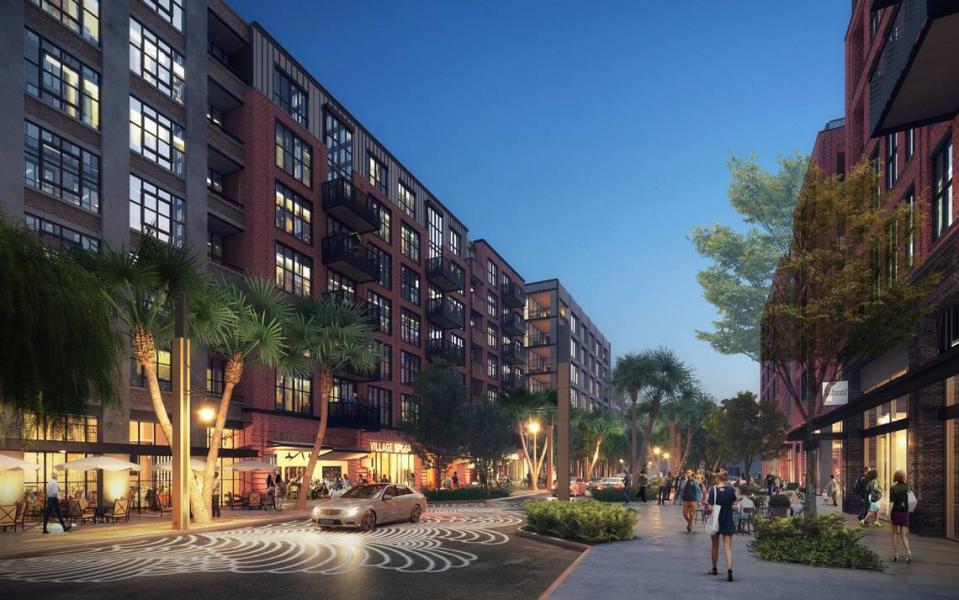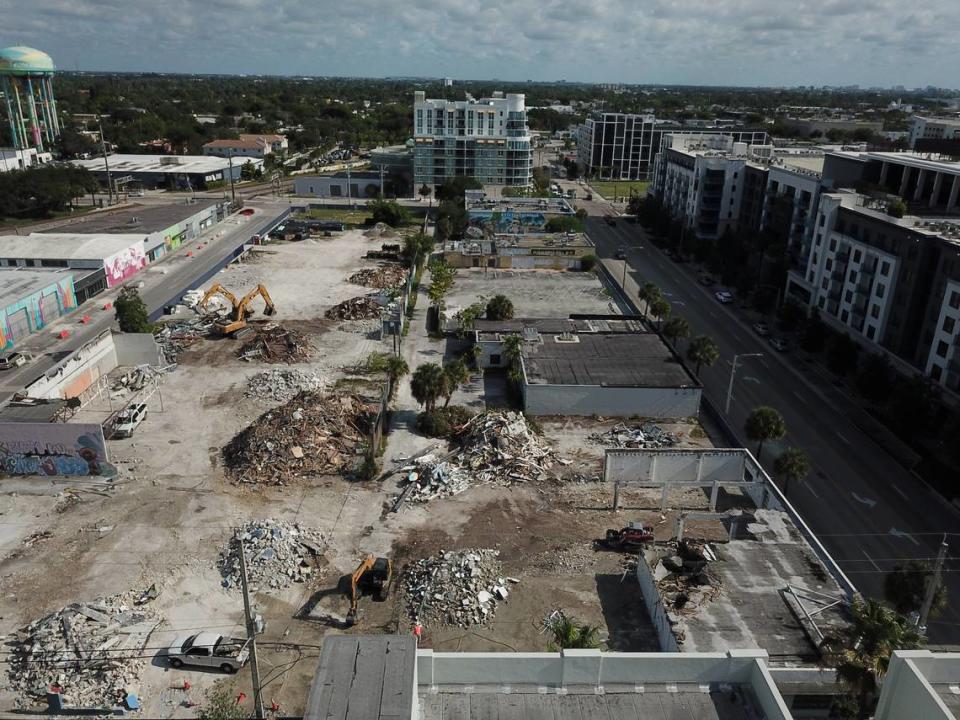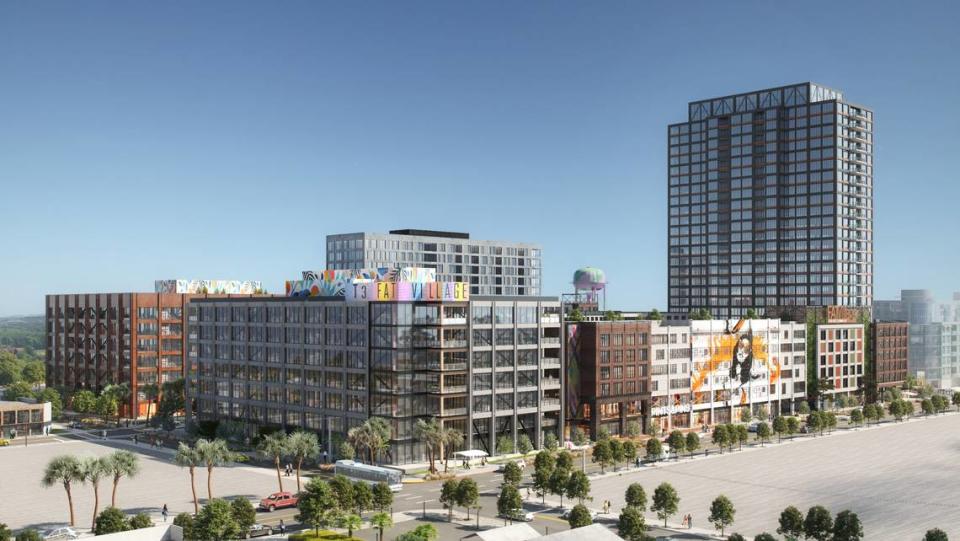This neighborhood is getting a makeover. Will it become the Wynwood of Fort Lauderdale?
Smack in the center of Fort Lauderdale’s Flagler Village neighborhood sits a swath of land awaiting residential towers, eateries and shops to adorn a revamped FAT Village district. Developers hope the mixed-use development will become the Wynwood of Fort Lauderdale.
The idea, developer Alan Hooper said, is to recapture the artistic essence of what was once there when the neighborhood had warehouses and a monthly art walk, but with the addition of housing and shops. He envisions skyscrapers with modern apartments and retail space, but with an artistic vibe similar to the one cultivated in the area before FAT Village’s artsy warehouses were torn down.
“It’s a lot like Wynwood, which is going through a lot of change right now,” said Hooper, co-founder and CEO of the Fort Lauderdale-based Urban Street Development. “Except for when they were having art walks, the area was a little bit dilapidated. There weren’t any food and beverage [places] other than a coffee shop and a sandwich shop, and for the size of the two blocks, it didn’t offer a lot to the person that would just walk up and want to experience the neighborhood unless they were having the art walk, which was once a month.”
The $500 million FAT Village development will consist of 200,000 square feet of office space, 850 residential units in three towers, a parking garage with 1,200 spots, and over 80,000 square feet of space for restaurants, shopping, entertainment, art studios and galleries. One of the residential towers will be 25 stories, and the other is a 13-story building that will be priced for workforce housing, Hooper told the Miami Herald. The project is being completed in two phases, with the second phase consisting of a standalone 24-floor apartment building with 250 units.
Hooper said residents could be moving in as early as August 2026, with restaurants and retail opening up in early 2027. The company is working on the project with the Houston-based real estate investment company Hines.

RELATED: Is this going to be Fort Lauderdale’s Wynwood? A $300 million development underway
Hooper has been developing the area since 2000 and said the property, which is situated on 5.6 acres of land at Northwest First Avenue, was once home to old warehouses that were being reused as creative offices, a production studio, a restaurant and a coffee shop.
Hooper hopes to recreate the feel of what was once there, in part by bringing back the monthly art walk and by providing subsidized space for artists and gallery space for them to showcase their work. He added that there will be public areas along the streets, sidewalks and buildings where artists can showcase their work.
“We’re trying to maintain that fabric of the neighborhood but at the same time allowing people to live there,” Hooper said.

Neighbors and business owners who spoke with the Herald said they are optimistic about the project and welcome the change. Photographer Chris “Headshots” Hedlund remembers what the area looked like when he moved there 20 years ago, describing a neighborhood that had high crime before shops and restaurants sprung up.
Hedlund owns a shop along Seventh Avenue and remembers the vibrancy of the artist warehouses that once sat there. He’s hoping the development will help it return to that.
“It’s going to bring more people to the area,” he said. “More people means more business.”
Diane Foreman lives in the Flagler Village neighborhood and said she was sad to see the monthly art walk leave, but said the new development will bring some vibrancy that she misses from the monthly gatherings.

“I was sad to see it go, but I’m excited for the young people,” Foreman said.
Still, she wonders who will be able to afford to live in the apartments: The smaller tower is priced at $2,500 for a one-bedroom, and two-bedrooms will be in the low $3,000s. One-bedroom units in the luxury tower will be between $2,900 and $3,000, and two-bedrooms will be in the $4,000s. The average rent in Fort Lauderdale is $2,657 for a 957-square-foot apartment, according to rentcafe.com.
“The prices are crazy,” Foreman said. “Unless your parents are paying for it, I don’t know how young people are going to pay. If you’re a teacher or nurse in the area, you’re doomed.”
Longtime Flagler Village resident Jorge Rosas has lived in the area for 17 years and has seen the development of the neighborhood with higher buildings and a changing landscape, but he remains excited about the development.
“Once I found out about the project, I was eager to see what was going on,” he said. “And just by the renderings and stuff that I’ve seen and going to the association meetings, it’s going to be an amazing thing. I think it’s going to increase property value.”
Rosas said his partner used to have a shop in the area but left before the warehouses were torn down.
“It displaced some of the artists and stuff like that, but they were able to find new spaces around the area,” he said of the demolition of the warehouses. “I’m sure a lot of them are going to come back over here.”

